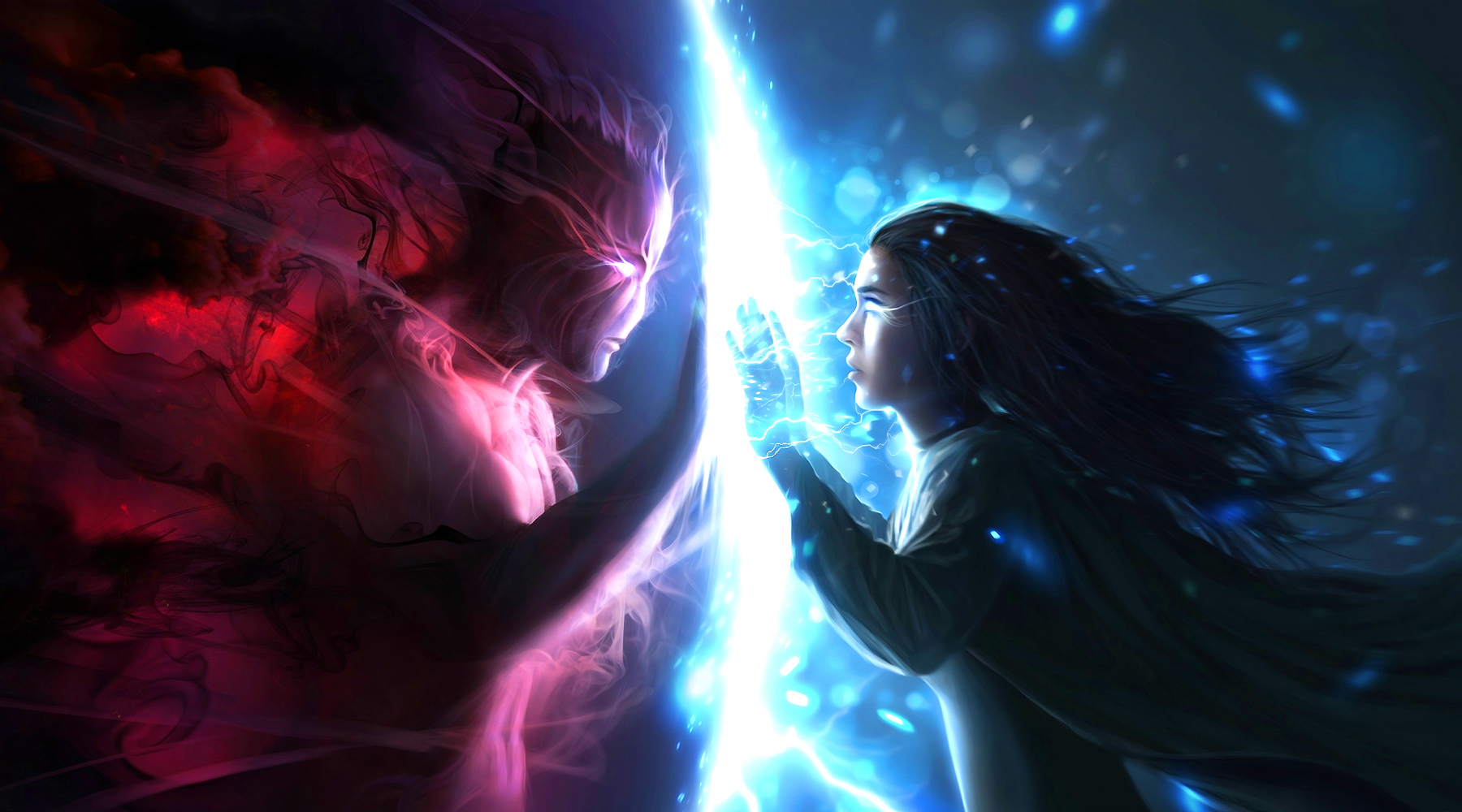Elf
Elves are a magical people of otherworldly grace, living in the world but not entirely part of it. They live in places of ethereal beauty, in the midst of ancient forests or in silvery spires glittering with faerie light, where soft music drifts through the air and gentle fragrances waft on the breeze. Elves love nature and magic, art and artistry, music and poetry, and the good things of the world.
The Elves of Eleril are represented by three subraces: The Vandor, Ivae, and Isto
Basic Information
Anatomy
With their unearthly grace and fine features, elves appear hauntingly beautiful to humans and members of many other races. They are slightly shorter than humans on average, ranging from well under 5 feet tall to just over 6 feet. They are more slender than humans, weighing only 100 to 145 pounds. Males and females are about the same height, and males are only marginally heavier than females.
Elves’ coloration encompasses the normal human range and also includes skin in shades of copper, bronze, and almost bluish-white, hair of green or blue, and eyes like pools of liquid gold or silver. There are many variations to coloring based on the actual subrace of any particular elf. Elves have no facial and little body hair. They favor elegant clothing in bright colors, and they enjoy simple yet lovely jewelry.
Genetics and Reproduction
Elves reproduce like many other humanoids and will carry to term at 11 months. Births are normally singles however twins have been found in the elven society as well.
Growth Rate & Stages
Although elves reach physical maturity at about the same age as humans, the elven understanding of adulthood goes beyond physical growth to encompass worldly experience. An elf typically claims adulthood and an adult name around the age of 100 and can live to be 750 years old.
Ecology and Habitats
Elves are mostly found in forested surroundings but are also known to be found in mixed societies some have been found to live deep underground in subterranean cities.
Additional Information
Perception and Sensory Capabilities
All elves have keen eyesight even able to see through the darkest of nights with their innate darkvision which shows objects and terrain in series of blacks and whites.
Civilization and Culture
Naming Traditions
Elves are considered children until they declare themselves adults, some time after the hundredth birthday, and before this period they are called by child names.
On declaring Adulthood, an elf selects an adult name, although those who knew him or her as a youngster might continue to use the child name. Each elf’s adult name is a unique creation, though it might reflect the names of respected individuals or other family members. Little distinction exists between male names and female names; the groupings here reflect only general tendencies. In addition, every elf bears a family name, typically a combination of other Elvish words. Some elves traveling among humans translate their family names into Common, but others retain the Elvish version.
Child Names: Ara, Bryn, Del, Eryn, Faen, Innil, Lael, Mella, Naill, Naeris, Phann, Rael, Rinn, Sai, Syllin, Thia, Vall
Male Adult Names: Adran, Aelar, Aramil, Arannis, Aust, Beiro, Berrian, Carric, Enialis, Erdan, Erevan, Galinndan, Hadarai, Heian, Himo, Immeral, Ivellios, Laucian, Mindartis, Paelias, Peren, Quarion, Riardon, Rolen, Soveliss, Thamior, Tharivol, Theren, Varis
Female Adult Names: Adrie, Althaea, Anastrianna, Andraste, Antinua, Bethrynna, Birel, Caelynn, Drusilia, Enna, Felosial, Ielenia, Jelenneth, Keyleth, Leshanna, Lia, Meriele, Mialee, Naivara, Quelenna, Quillathe, Sariel, Shanairra, Shava, Silaqui, Theirastra, Thia, Vadania, Valanthe, Xanaphia
Family Names (Common Translations): Amakiir (Gemflower), Amastacia (Starflower), Galanodel (Moonwhisper), Holimion (Diamonddew), Ilphelkiir (Gemblossom), Liadon (Silverfrond), Meliamne (Oakenheel), Naïlo (Nightbreeze), Siannodel (Moonbrook), Xiloscient (Goldpetal)
Major Language Groups and Dialects
Speak, read, and write Common and Elvish. Elvish is fluid, with subtle intonations and intricate grammar. Elven literature is rich and varied, and their songs and poems are famous among other races. Many bards learn their language so they can add Elvish ballads to their repertoires.
Historical Figures
Interspecies Relations and Assumptions
Although they can be haughty, elves are generally gracious even to those who fall short of their high expectations—which is most non-elves. Still, they can find good in just about anyone.
Dwarves. “Dwarves are dull, clumsy oafs. But what they lack in humor, sophistication, and manners, they make up in valor. And I must admit, their best smiths produce art that approaches elven quality.”
Halflings. “Halflings are people of simple pleasures, and that is not a quality to scorn. They’re good folk, they care for each other and tend their gardens, and they have proven themselves tougher than they seem when the need arises.”
Humans. “All that haste, their ambition and drive to accomplish something before their brief lives pass away—human endeavors seem so futile sometimes. But then you look at what they have accomplished, and you have to appreciate their achievements. If only they could slow down and learn some refinement.”
Genetic Descendants
Average Weight
100 to 200 lbs
Related Myths
Remove these ads. Join the Worldbuilders Guild









Comments